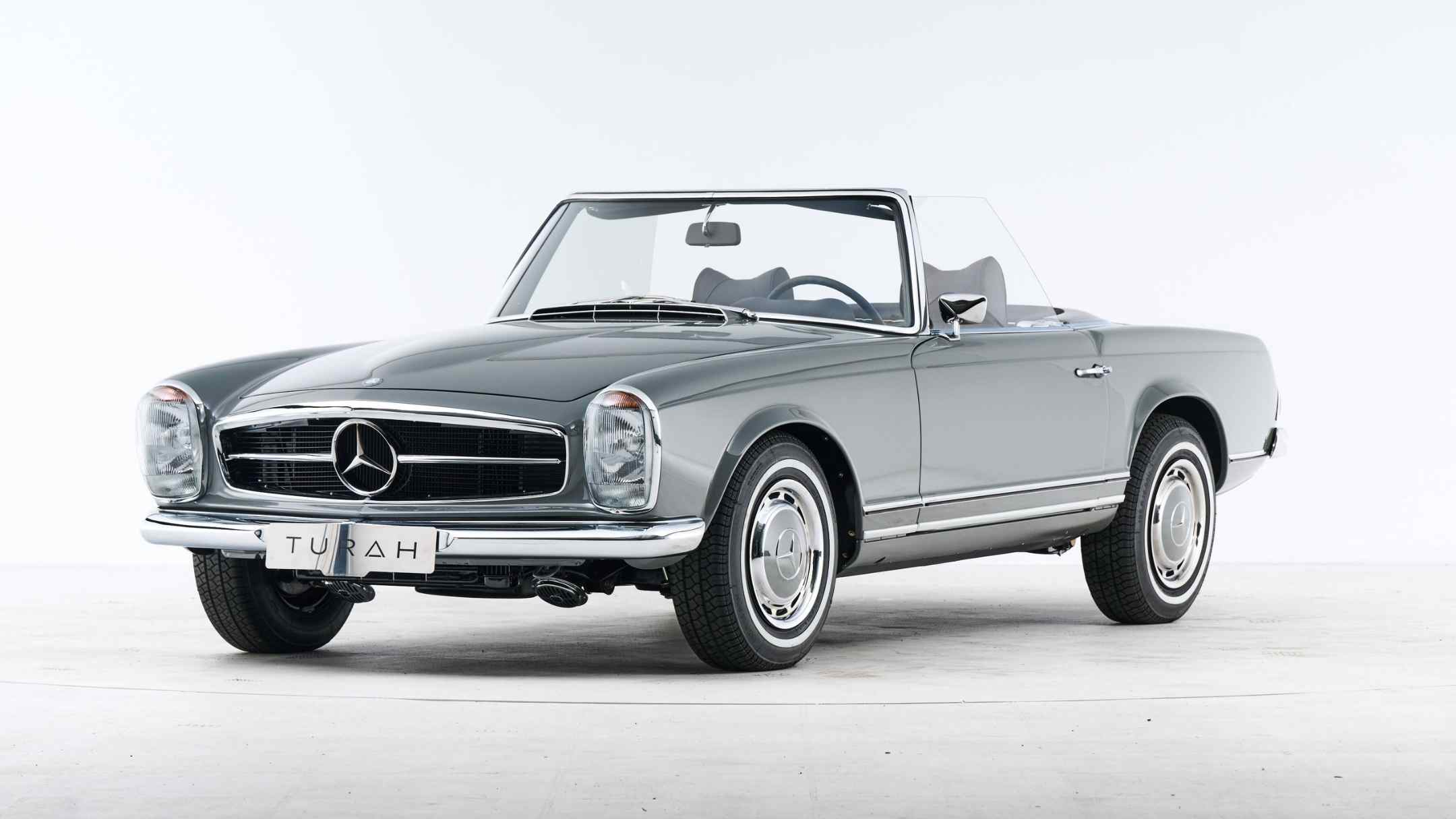Mercedes-Benz
W113 280 SL
A legend reborn
With its legendary design and unrivalled appeal, this model is a symbol of the golden era of automotive design and style of automotive mechanics. Its distinctive silhouette and powerful performance not only reflect the innovative spirit of its time but also continue to captivate enthusiasts and collectors around the world
.jpg)
.png)
Unveiling the Mercedes-Benz Pagode W113
The Mercedes-Benz Pagoda W113, a two-seat roadster/coupé, was introduced at the 1963 Geneva Motor Show and produced until 1971. This iconic model replaced both the 300 SL and the 190 SL, captivating enthusiasts with its blend of elegance and performance. With 48,912 units produced, the W113 became a hallmark of luxury and innovation, particularly in the US, where 19,440 of these masterpieces found their homes.
.jpg)
.jpg)
.jpg)

.jpg)
.jpg)
Timeless elegance, modern performance
.avif)
A Masterpiece of Innovation and Safety
Developed under the guidance of Mercedes-Benz’s top engineers and designers—Fritz Nallinger, Rudolf Uhlenhaut, Friedrich Geiger, Paul Bracq, and Béla Barényi—the W113 was a trailblazer in automotive safety. Barényi's patented slightly concave hardtop inspired the "Pagoda" nickname and introduced the world to the concept of a "safety body." The W113 featured a rigid passenger cell and designated crumple zones, with an interior devoid of hard edges, setting a new standard for vehicle safety.
Rigid passenger cell with crumple zones
Rounded interior with no hard edges
First Mercedes-Benz with radial tires
US models typically had a 4-speed automatic transmission and air conditioning
Rare ZF 5-speed manual transmission (ordered only 882 times)
Where dreams take the wheel


.png)









.avif)